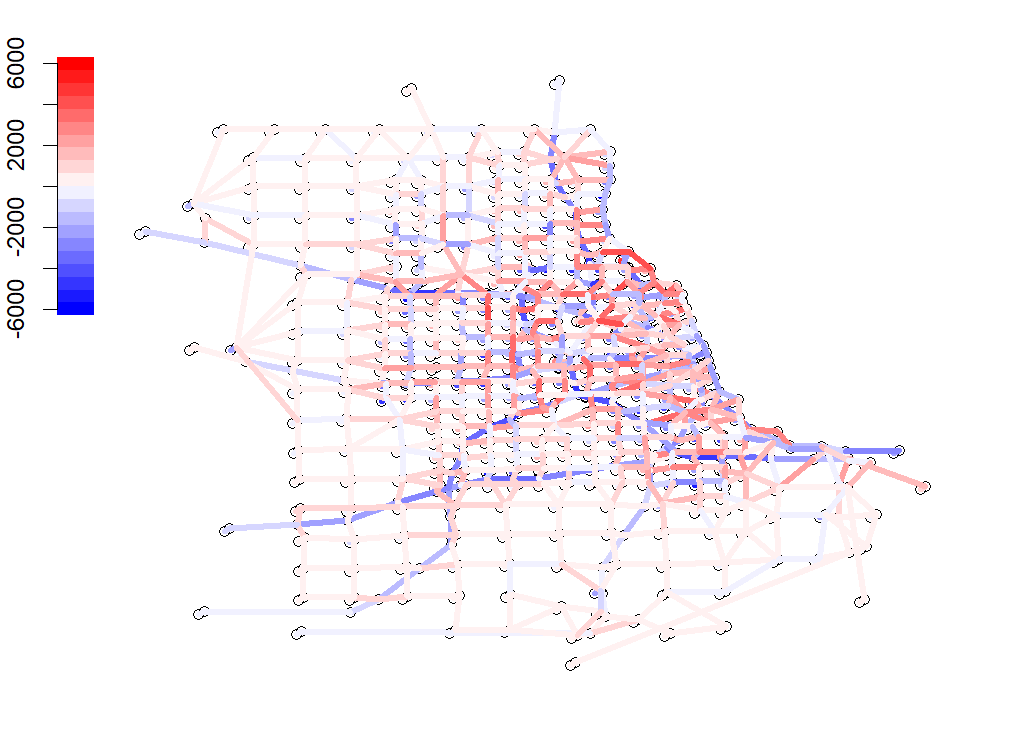Autoregressive Networks with Dependent Edges
We propose an autoregressive framework for modelling dynamic networks with de- pendent edges. It encompasses models that accommodate, for example, transitivity, degree heterogenenity, and other stylized features often observed in real network data. By assuming the edges of networks at each time are independent conditionally on their lagged values, the models, which exhibit a close connection with temporal ERGMs, facilitate both simulation and the maximum likelihood estimation in a straightforward manner. Due to the possibly large number of parameters in the models, the natural MLEs may suffer from slow convergence rates. An improved estimator for each compo- nent parameter is proposed based on an iteration employing projection, which mitigates the impact of the other parameters (Chang et al., 2021; Chang et al., 2023). Lever- aging a martingale difference structure, the asymptotic distribution of the improved estimator is derived without the assumption of stationarity. The limiting distribution is not normal in general, although it reduces to normal when the underlying process satisfies some mixing conditions. Illustration with a transitivity model was carried out in both simulation and a real network data set.
Learn more




